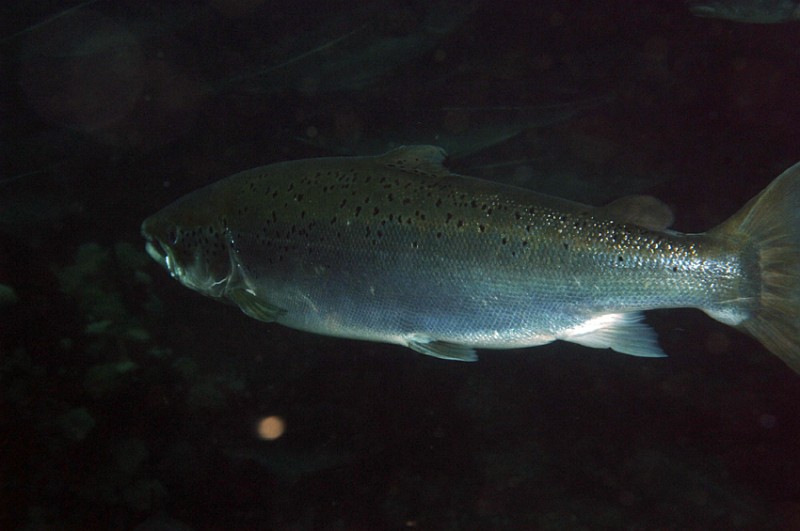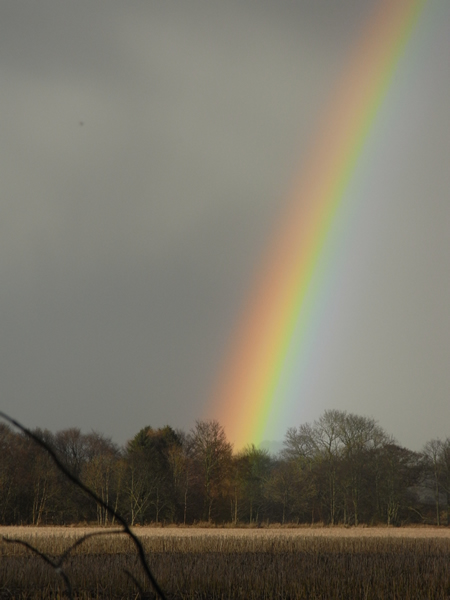These bulletin blogs represent news about Finavon and the South Esk, and my views as a riparian owner. They are not the views of any other organisation, nor are they designed to promote the interests of any individual or organisation other than Finavon Castle Water and factors affecting the fishery. Tony Andrews
Tagged salmon in the S Esk. Gordon Smith told me today that the Marine Scotland team in Montrose has now radio tagged and released 31 salmon from in the Usan nets. Of those 31 fish 3 have been recorded in the lower pools of the South Esk, but none so far have migrated beyond Kinnaird Dyke. No tagged fish have been picked up on Tay, North Esk or Dee receivers to date.
Drought conditions. Anyone looking at the Finavon webcam would immediately be aware of the unseasonal low water in the South Esk. Those of us who observe salmon behaviour in the river have a consensus view that there will not be much movement of fish until we get additional water. With no reserves of snow in the glens to give the river a late winter boost we are entirely dependent on rain, and the sky shows no signs of bringing that in the quantities we now badly need.
So, three tagged fish from the Usan nets in the South Esk, and probably more to come. Meanwhile the Usan nets leaders are in the sea again and we expect the process of tagging spring 2SW and 3SW salmon to continue. One thing can be said of the tagging project is that to date it has met its targets.
TA 19 March 2012
Postscript written on 22/3/2012: the river is now very low. Only a trickle of water is flowing on the north side of the ‘armchair rock’ which is the boulder in the centre of the webcam picture. In these circumstances it is unlikely that there will be much movement of salmon within the river, of kelts migrating downstream and fresh fish ascending the river. There is also small chance of new fish entering the river in any numbers. It is in situations like this that we realise how like a ‘spate river’ the South Esk can be, although, strictly speaking, a spate river is what you find on the west coast and in the islands where rivers rise and fall within hours and where you can start the day with low water, enjoy a productive spate at lunchtime, and be back to low water in the evening. The South Esk isn’t quite like that, but, as John Ashley-Cooper says, it does assume very small dimensions in a drought.
Usually at this time of year there are a few snow filled corries to give the river a boost of fresh water from snowmelt, but not this year. The early season in Angus is very often quite wet, with driech days and scudding rain blown into the catchment by gales from the east, sometimes from the southwest. The rain, combined with a slow snowmelt, normally keeps the ‘armchair rock’ well covered. But this year, since the beginning of March, drought conditions have prevailed with the result that the run of early running salmon has come to a grinding halt and the armchair pokes out of the riverbed like an old tooth.
But off the coast, thanks to the Marine Scotland monitoring project, we are seeing reasonable numbers of salmon caught in the nets, which has resulted in the target number of 2SW and 3SW salmon being radio tagged. These tagged fish have little incentive to enter the river in these very low water conditions. It can be assumed that, as more fish accumulate in the Scurdie Ness/Lunan Bay section of the coast, they will stay in the area of the South Esk estuary like aeroplanes in a holding pattern awaiting permission to land at Heathrow. Fortunately these salmon will not be killed by netting, although the likelihood of predation by seals is heightened as the concentration of waiting fish grows.
A promise of things to come?
The message is a simple one; We need rain, and preferably lots of it!
TA 22/3/2012

